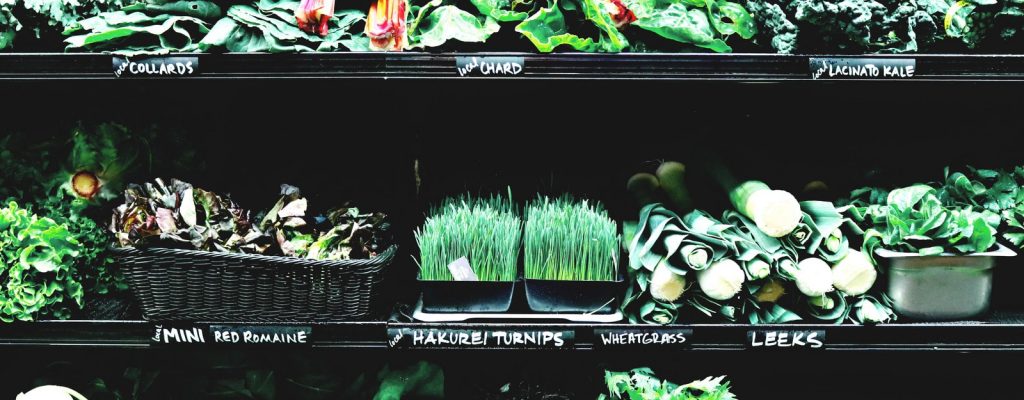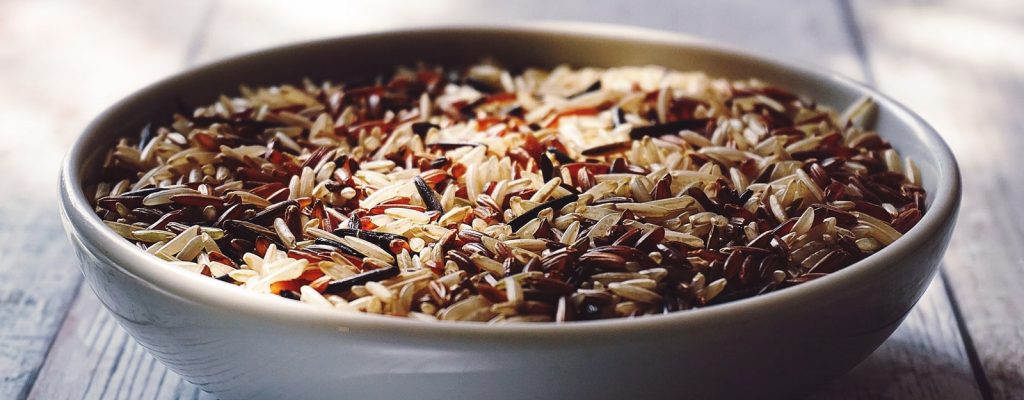
Are you curious about vegan diets or have some questions about it? These are the questions we get asked most often when people find out we eat only plant foods. We wanted to bust the most common vegan myths so that you can better navigate these questions if others are asking these of you, or if you are just curious and looking for answers. Armed with the truth, you will feel more confident in your decision to eat this way.
Where do you get your protein? From plants! Did you know all plant foods have protein in them? According to Dr. Michael Gregor on Nutritionfacts.org: even eating plant foods that have the lowest amount of protein in them will net you the recommended daily amount of protein (roughly 50 grams of protein per day) if you take in the correct number of calories. This means that even the lowest protein plant foods still have enough in them to meet protein requirements in a WFPB diet— comfortably! And there are many protein powerhouses to choose from as well. Broccoli, beans, legumes, tofu, tempeh all are high in protein levels.1
Have you ever visited the ward in the hospital for the protein-deficient patients? This is hard to find, because it doesn’t exist. Again, according to Dr. Gregor in the video above, 97% of people get adequate protein. The 3% who are protein deficient often have an illness causing the deficiency or are older, and this is a sign of failure to thrive.1
More individuals in the U.S. are over-consuming protein. This is unhealthy, and kidney disease/stones, weight gain, constipation/diarrhea, as well as increased risk of heart disease and cancer are associated with excessively high protein intake. 2

Do vegans just eat salad all the time? Absolutely not! You can enjoy most things that you ate prior to going vegan, but just substitute plant-based items in the recipe ingredients. I love Mexican, Italian, comfort food and have even begun to really enjoy Indian dishes!
Try making some of your favorite recipes that you loved prior to going vegan, with substitutions. I’ve done this with anything from my favorite pasta sauces, to family recipes for dressing for Thanksgiving. Most of the time these have turned out delicious! Just try out your favorites and make adjustments as needed.
I have also found that trying new recipes is an adventure that we enjoy. I have a handful of recipes that my hubs and I enjoy regularly, but otherwise, we are tasting new dishes from the MANY cookbooks that I’ve accumulated since we have begun eating this way.
We have enjoyed everything from carrot dogs, to lentil meatloaf, to chickpea pot pie, all kinds of pastas, pizza loaded up with just sauce and veggies, sandwiches, and sloppy joes. Basically anything but cuts of meat. There are companies that make meat replacements, which we found were a good bridge, but rarely eat them now, as these are typically more processed so are not a regular part of our diet.
My taste buds have changed, and I now prefer the taste of the actual foods, rather than slathering my veggies in oil and seasonings. Yours too will adapt with consistency. The best part is that you don’t have to go WFPB overnight.
Start where you are, and think about a food or group of foods you’d like to give up. Making small changes to work toward a big goal makes it easier and more sustainable. Decide whether you’d like to give up your biggest vice versus giving up something that isn’t your favorite anyway, make a plan and stick to it. If you get stuck, let us know. We are more than happy to help!
Aren’t you always hungry? Nope. Turns out with my current diet (I eat a whole foods, plant-based diet without oils or added sugar as much as 90% of the time), I can eat more, and because of the magic of calorie density, I have LOST weight— all without being hungry or feeling deprived! I really maximize my vegetable intake, and also make sure I am eating a serving of whole grains and beans or legumes or starches such as potatoes.
Fruits with breakfast or for dessert have become a go-to, and nice-cream in warmer weather is a must! I can snack on veggie sticks and feel quite satisfied. The fiber in the foods I eat is very satisfying and helps me to feel more full. In fact, I am no longer feeling the need for a snack in between meals very often. More frequently, I just have the 3 main meals, and that is all I need and want.
Isn’t eating vegan food expensive? If you are sticking to a whole-food, plant-based diet it is not more expensive than a standard American diet menu. Just think: the most expensive items on a Standard American Diet grocery list are meat, eggs, fish and dairy products. Since you will not be eating these, you will actually SAVE money! Win-Win!
By purchasing beans and grains in bulk, and cooking them yourself you save even more money. Beans, grains, lentils, vegetables, fruit are rather inexpensive. Fresh vegetables are cheapest when in season, obviously. But you can help to lower costs out of season by purchasing frozen vegetables and fruit, which are just as healthy as fresh.
We recommend you stay away from canned foods when you can, to limit the hidden sodium that is often added to canned foods to help preserve them.

It is when you eat vegan junk food that eating plant-based becomes expensive. The processed vegan food is also unhealthy, many times loaded with coconut or palm oils and excess salt, sugars and calories. By keeping to WFPB eating, you are healthier in body, and your wallet is healthier as well.
In a food desert, it can be difficult to find healthy options, and you will need to get a little more creative. There are occasionally local farms from which you can purchase a “share” of their produce. Look into farming co-ops, where you can get boxes filled with fresh foods on a weekly, bi-weekly or monthly basis. This can also increase your exposure to new foods, as often there are some less common foods which arrive with these boxes. This allows you to venture out of your comfort zone, and heck, you may find you have a new favorite!
There are also programs designed to reduce food waste by selling imperfect foods at a discount. This includes Imperfect Foods (www.imperfectfoods.com) and Hungry Harvest (www.hungryharvest.net). Unfortunately, they are only available in certain areas. This is food that otherwise would be thrown away by grocers for their appearance. They have items other than produce available as well– grains, and all kinds of other items normally purchased at grocers. I can’t wait to try this once it finally comes to my area!
What other tricks or hacks do you have for eating healthy, fresh foods in a food desert? Any other tricks or tips you’d like to add to the conversation? Please let us know- we’d love to hear from you!
Resources:
- “Flashback Friday: Do Vegetarians Get Enough Protein?” YouTube, uploaded by Michael Greger M.D. FACLM, 5 Apr. 2019, nutritionfacts.org/video/flashback-friday-do-vegetarians-get-enough-protein.
- Delimaris, Ioannis. “Adverse Effects Associated with Protein Intake above the Recommended Daily Allowance for Adults.” NCBI, ISRN Nutrition, 18 July 2013, www.ncbi.nlm.nih.gov/pmc/articles/PMC4045293.

Ready for more? Here is Part 2 of our Vegan Myth Busting series.

